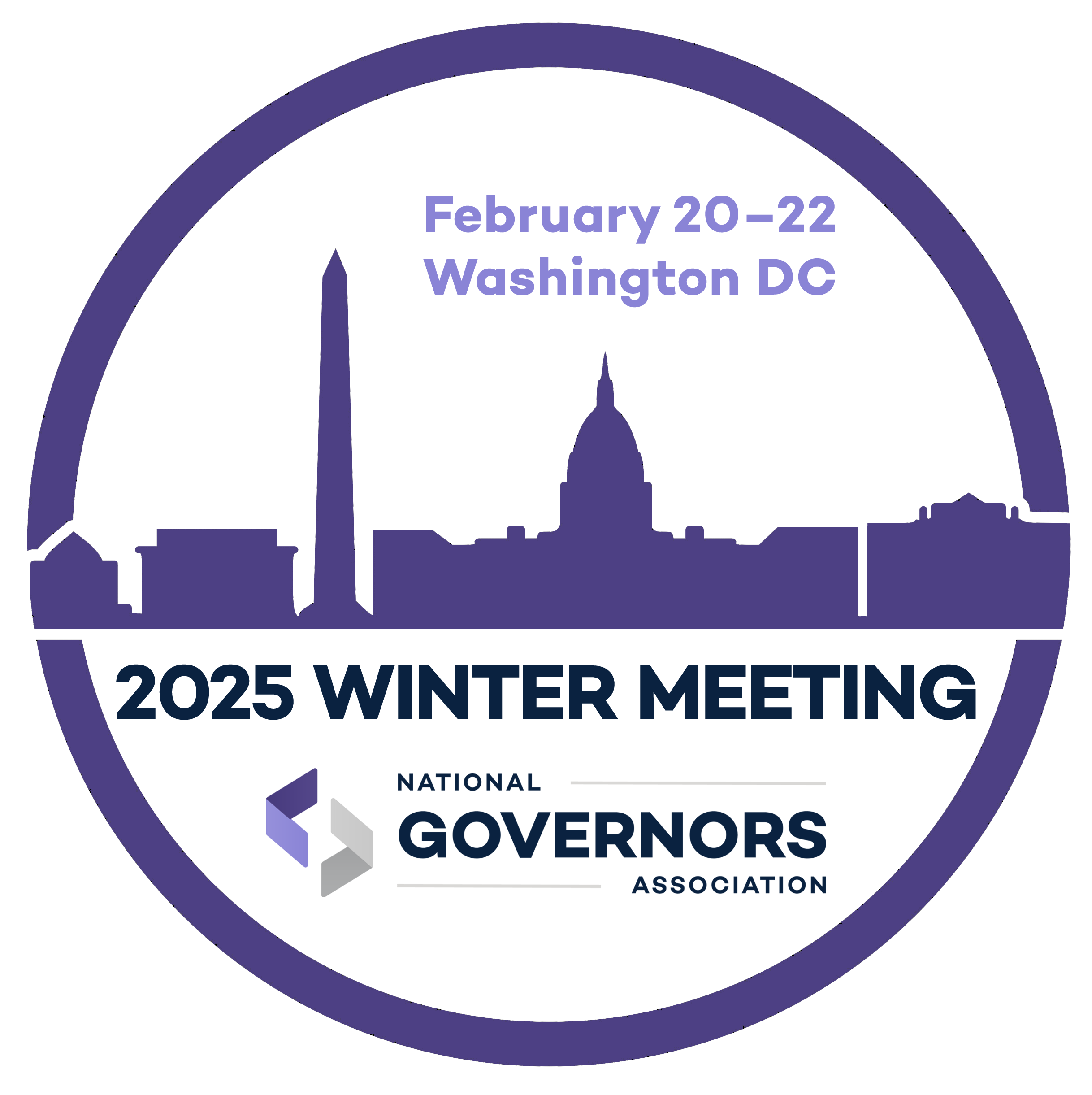
By Scott D. Pattison
As federal government dysfunction led to a record partial government shutdown, America’s governors – including the 21 new leaders of states and territories who took office amid the 35-day impasse – did what they always do: work on innovative solutions to challenges in their states.
Vermont Governor Phil Scott and New Hampshire Governor Chris Sununu unveiled a proposal to pay employees in both states more than half of their wages for six weeks after childbirth. Georgia’s new governor, Brian Kemp, introduced plans for an anti-gang task force and for stepped-up funding for school security. Maine’s new governor, Janet Mills, expanded access to Medicaid in her state and redoubled efforts to combat the opioid epidemic. Days after taking office as Tennessee’s governor, Bill Lee signed an executive order giving emphasized priority to economic development in rural areas.
These examples of leadership at the state level stand in contrast to the posturing and scripted political combat that sadly too often pass for governing in Washington these days. Leaders of states and territories not only took an active role in pushing for a resolution to the stalemate that closed many federal agencies in late December and most of January, but also continued to do what they do best: providing leadership for the betterment of their constituents.
Examples of this leadership will be on display at the National Governors Association’s 111th annual Winter Meeting this weekend. The three-day forum in Washington is both a showcase for the best in governance and civic innovation and an opportunity for governors to learn from each other and from leading thinkers in business, philanthropy, global governments and the media.
We have much to celebrate this year. Since our last Winter Meeting, we strengthened partnerships with states on initiatives to help former inmates reintegrate into society with good employment opportunities, inked an agreement to elevate governors’ roles in international trade, launched a learning collaborative on new transportation technologies, announced a new cross-sector collaboration to improve the health and success of children and families, and much more.
The National Governors Association also welcomed 22 new governors of states and territories, one of the largest new classes of leaders, following the November midterm election. And we helped provide them with the tools for success, hosting them at a seminar in Colorado in November in which they learned from current and former governors about managing their time, relationships and expectations to most effectively lead their states and territories from their first day in office.
New governors wasted no time in making a mark. Michigan’s Gretchen Whitmer took steps to fulfill her promise to increase funding for the state’s roads and highways. California’s Gavin Newsom introduced plans to expand full-day kindergarten and offer free preschool for children from low-income families. Ohio’s Mike DeWine ordered a review of services to individuals with mental illness or substance use disorders, with an eye toward reducing the human toll. And Alaska’s Mike Dunleavy unveiled three proposed constitutional amendments to protect his state’s bottom line, including a measure to require a vote of the people for any new tax or tax increase.
Across the country, governors are providing leadership on the most important issues in their states. Many of them, such as Gov. Whitmer, are grappling with the legacy of underinvestment in infrastructure such as roads, bridges and airports. The NGA is supporting their efforts. Earlier this month, we worked with Minnesota Governor Tim Walz, a member of the new class of governors, as he testified to the House Committee on Transportation and Infrastructure about the urgent need for federal investment and a stronger partnership with states to bring our physical assets to 21st century standards. On the same day, I spoke to bond analysts in New York City about the states’ infrastructure needs and how to pay for them, which would include new bond financing.
We’ll be talking about infrastructure at our Winter Meeting, along other pressing issues such as criminal-justice reform, child welfare, election integrity and the affordability of health care. I’m pleased to be joined this year by leading thinkers such as JPMorgan Chase & Co. CEO Jamie Dimon and CNN host Van Jones, whose knowledge spans topics from correctional practices to alternative energy.
Even as Washington enters an era of divided government, governors are working with legislatures on the issues that matter the most in their states. And while they don’t always agree on approaches or solutions to problems, they are committed to keeping their states running on behalf of the people they all serve. We look forward to welcoming the governors to Washington later this week, where their very presence will serve as a model for leadership in challenging times.













